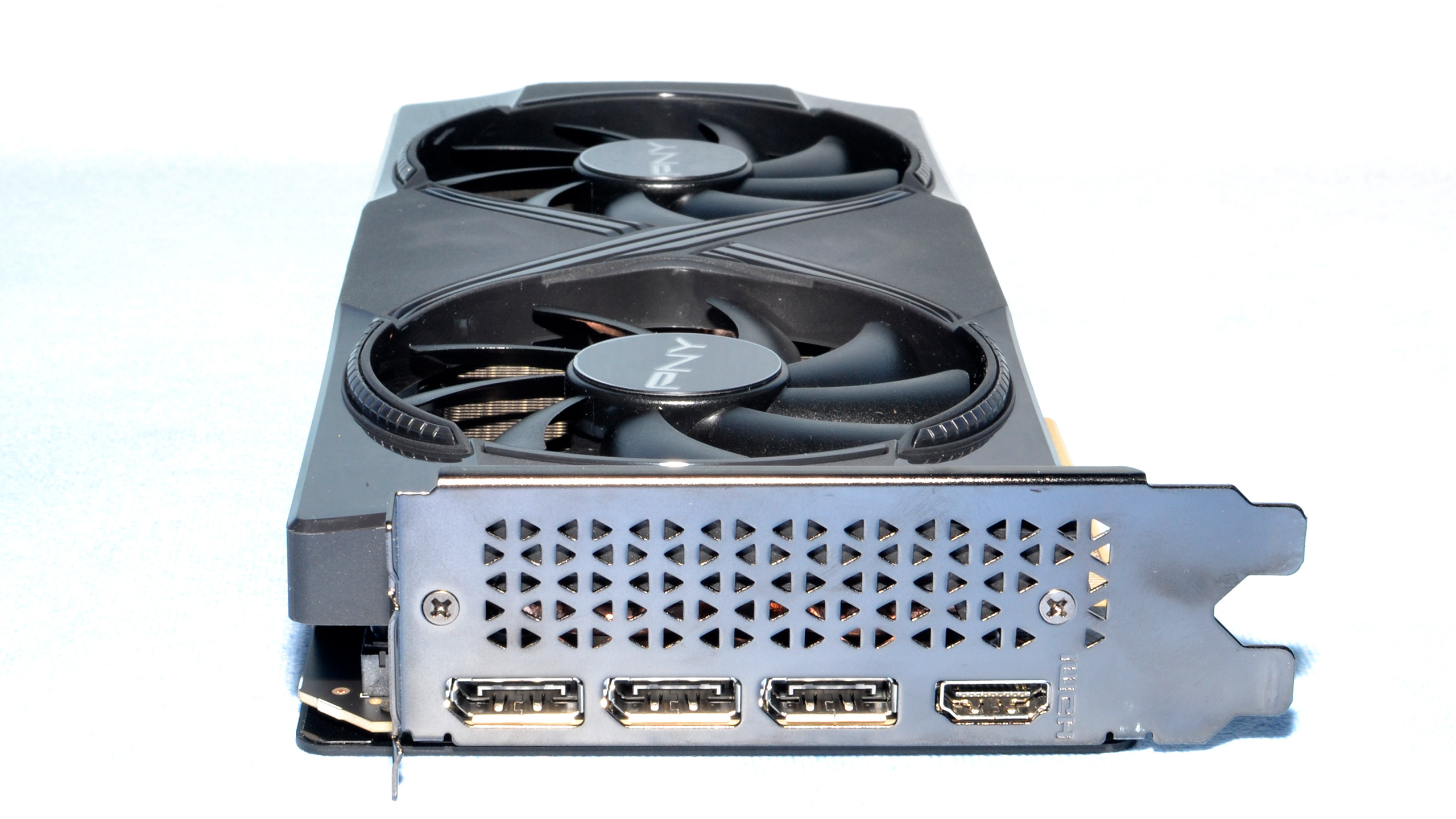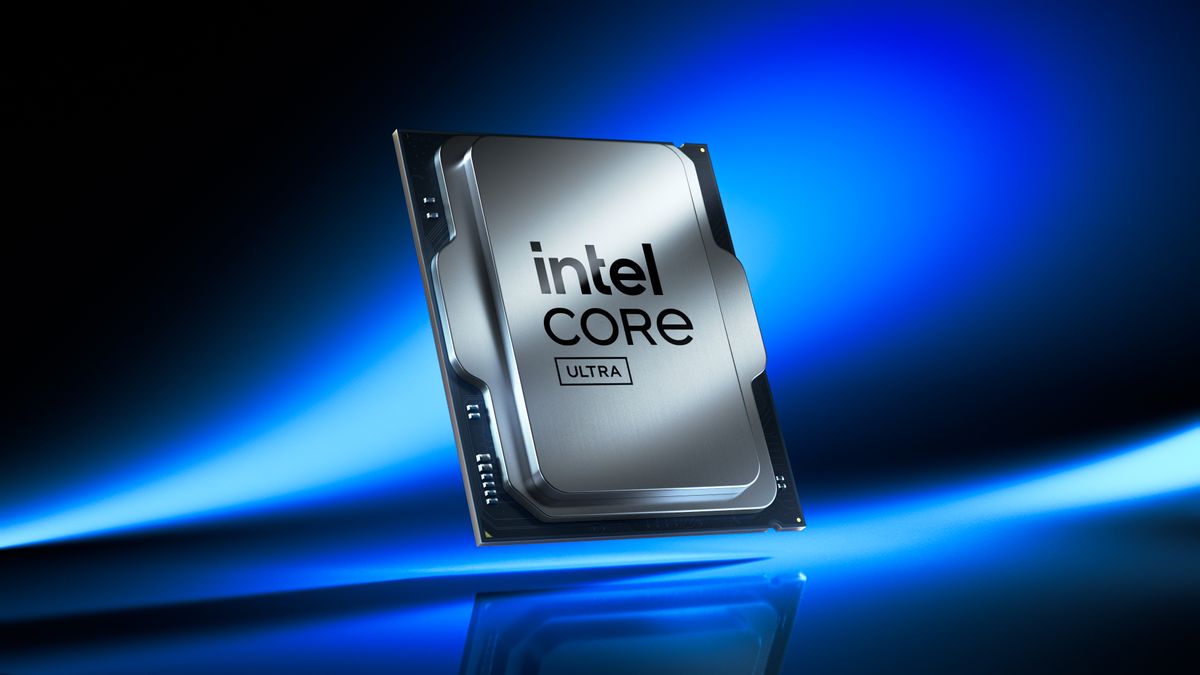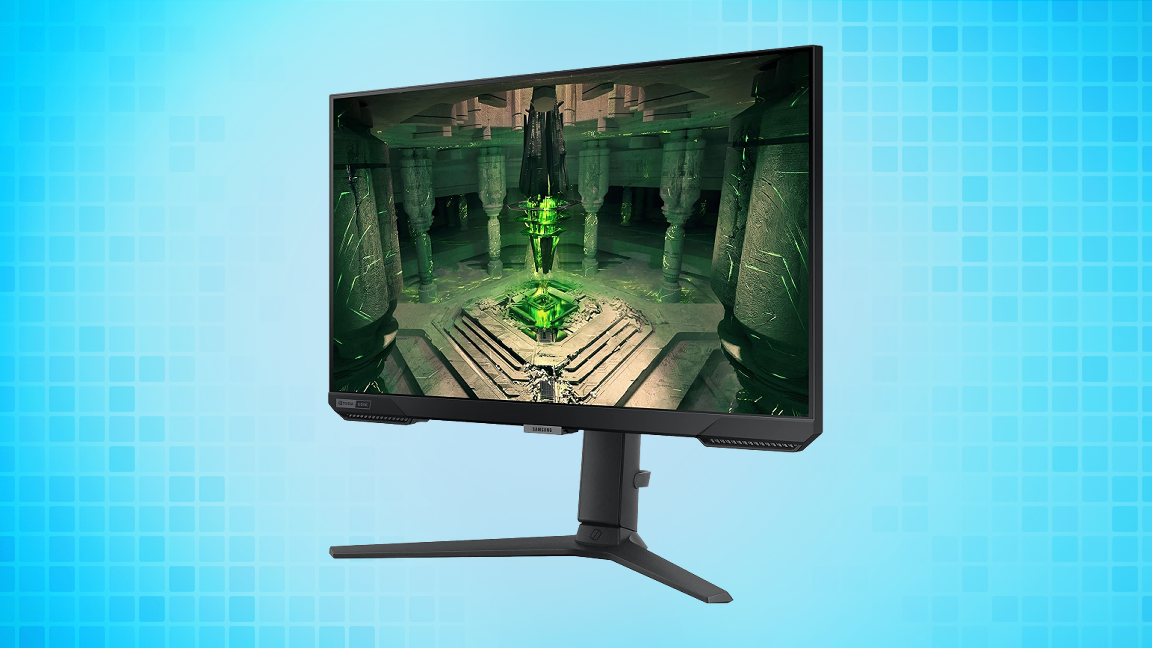Introducing the Nvidia GeForce RTX 5060 Ti 16GB
The Nvidia GeForce RTX 5060 Ti 16GB wraps up the Blackwell RTX 50-series GPU family, more or less — along with the 5060 Ti 16GB we're reviewing today, the announced RTX 5060 series also has a 5060 Ti 8GB card, and next month will bring the vanilla RTX 5060. Blackwell RTX GPUs land at various places on our list of the best graphics cards, provided you can actually find one in stock at your favorite retailer for a not-obscene price.
Compared to the prior generation RTX 4060 Ti, Nvidia has only made some relatively minor upgrades to the core specs of the 5060 Ti. Again, there will be both 8GB and 16GB models, but where the 4060 Ti 16GB was relatively uncommon compared to the 8GB variant that arrived first, it seems things will be swapped around this time. The 5060 Ti 16GB should be the more common AIB model, with the 8GB card seemingly deemphasized.
And for good reason. In our test suite, as well as in a variety of other games, 8GB cards are getting more than a little long in the tooth. Most games are still able to run okay at 1080p with maxed out settings, and often even 1440p. 4K on the other hand proves to be too much in 11 out of the 18 games in our current test suite — and we're aware of quite a few other recent releases where 8GB would also be problematic.
Nvidia officially gives MSRPs of $379 for the 5060 Ti 8GB card, and $429 for the 5060 Ti 16GB. In our opinion, $50 for double the VRAM should be a no-brainer for most gamers. Again, that's in stark contrast to the 4060 Ti where the original price difference was $100, and the intervening two years haven't caused more recent games to become less demanding — quite the opposite.
We have a whole host of related articles for Nvidia's Blackwell GPUs, which you can check out for additional background information. The short summary for the 5060 Ti is that it follows a similar pattern to the other RTX 50-series launches. The specs are pretty similar to the prior generation, with the same TSMC 4N process node, a similar die size, and similar transistor counts.
The big changes fall under what Nvidia classifies as "neural rendering" — DLSS upscaling and frame generation (Multi Frame Generation in the case of the 50-series), and the potential for AI to be leveraged in a variety of other ways to change the gaming experience. Let's start with the usual specifications table.
Swipe to scroll horizontally
| Architecture | GB206 | GB206 | AD106 | AD106 |
| Process Technology | TSMC 4N | TSMC 4N | TSMC 4N | TSMC 4N |
| Transistors (Billion) | 21.9 | 21.9 | 22.9 | 22.9 |
| Die size (mm^2) | 181 | 181 | 187.8 | 187.8 |
| Streaming Multiprocessors | 36 | 36 | 34 | 34 |
| GPU Shaders (ALUs) | 4608 | 4608 | 4352 | 4352 |
| Tensor / AI Cores | 144 | 144 | 136 | 136 |
| Ray Tracing Cores | 36 | 36 | 34 | 34 |
| Boost Clock (MHz) | 2572 | 2572 | 2535 | 2535 |
| VRAM Speed (Gbps) | 28 | 28 | 18 | 18 |
| VRAM (GB) | 16 | 8 | 16 | 8 |
| VRAM Bus Width | 128 | 128 | 128 | 128 |
| L2 Cache | 32 | 32 | 32 | 32 |
| Render Output Units | 48 | 48 | 48 | 48 |
| Texture Mapping Units | 144 | 144 | 136 | 136 |
| TFLOPS FP32 (Boost) | 23.7 | 23.7 | 22.1 | 22.1 |
| TFLOPS FP16 (FP4/FP8 TFLOPS) | 190 (759) | 190 (759) | 177 (353) | 177 (353) |
| Bandwidth (GB/s) | 448 | 448 | 288 | 288 |
| TBP (watts) | 180 | 180 | 160 | 160 |
| PCIe Connection | PCIe 5.0 x8 | PCIe 5.0 x8 | PCIe 4.0 x8 | PCIe 4.0 x8 |
| Launch Date | Apr 2025 | Apr 2025 | Jul 2023 | May 2023 |
| Launch Price | $429 | $379 | $499 | $399 |
On paper, the 8GB and 16GB variants have the exact same specifications, with the exception of VRAM capacity. In practice, the additional VRAM can have a slightly negative impact on performance in situations where the GPU is at its power limit. We saw that consistently with the RTX 4060 Ti, usually to the tune of a 1–2 percent dip in performance in situations where the extra memory wasn't beneficial.
TGP (Total Graphics Power), as we've seen with the other Blackwell RTX GPUs, ends up 20W higher than the previous generation part. Factory overclocked cards — and both cards we have in for testing are overclocked models — can push power limits higher, though such tuning usually gets reserved for the higher tier card models. Combined with the slightly higher GPU core counts and clock speeds, it should allow for a larger gap between the prior gen 4060 Ti and its replacement.
One of the biggest changes with Blackwell is the support for GDDR7 memory. Nvidia used GDDR6 and GDDR6X with the Ada Lovelace GPUs, with the 4060 Ti getting vanilla GDDR6 memory running at 18 Gbps. The 5060 Ti gets GDDR7 running at 28 Gbps, giving a potential 56% increase in total memory bandwidth. In fact, the GDDR7 memory on a 128-bit interface delivers the same total bandwidth as the GDDR6 14 Gbps used on the 3060 Ti with its 256-bit interface — and the large L2 cache on Blackwell (and Ada) helps to further improve effective bandwidth.

The biggest unknown with the RTX 5060 Ti is pricing and availability. Traditionally, Nvidia (and AMD) have had more budget GPUs available at launch than mainstream cards, and more mainstream than high-end. Perhaps that has happened with Blackwell RTX, but whatever the total number of GPUs produced and sold so far, it has been woefully insufficient compared to the demand. The result has been higher prices across both new and old generation GPUs.
Nvidia's MSRPs have looked good, but outside of a few RTX 5070 cards (which are out of stock for the time being), almost nothing has actually sold at MSRP. The going rate for RTX 5070 seems to be $650~$700, over $100 more than the base MSRP, and that's the best of the recently launched GPUs. RTX 5070 Ti has been selling for $950~$1,050 (or more) since launch, $200 or more above MSRP. The RTX 5080 has been selling at $400~$500 above it's MSRP, and the RTX 5090 is basically going for twice the MSRP set by Nvidia.
AMD and Intel GPUs are doing any better. The RX 9070 is selling for $850 and more right now, $300 above its $549 MSRP. The RX 9070 XT starts at about $950, $350 above MSRP. Intel's Arc B580 has been regularly selling at $350–$400 since it launched last December, $100 or more above its supposed base price. Even the relatively ho-hum Arc B570 typically goes for $330, again $100 more than MSRP.
Naturally, Nvidia can't directly control what its AIB (add-in board) partners do in terms of prices, though in the past there have been rumored incentives and encouragements. Right now, with the data center GPUs and infrastructure accounting for 89% of Nvidia's staggering $130 billion in revenue from last year, and gaming GPUs accounting for just under 9% of the total, it's no wonder the consumer GPUs are taking a back seat in terms of wafer allocations.
A quick check around the usual places shows the previous generation RTX 4060 Ti 8GB card starting at $525, with the 16GB card starting at nearly $700. Supply of those parts has basically dried up, but it doesn't bode well for a newer, faster replacement to stay at MSRPs of $380 and $430, respectively. Time will tell where things end up, but if you're interested in picking up an RTX 5060 Ti, and you find one at anything close to MSRP (meaning, $430–$450), we'd suggest buying now and then deciding whether or not you want to keep it later.
- MORE: Best Graphics Cards
- MORE: GPU Benchmarks and Hierarchy
- MORE: All Graphics Content










 English (US) ·
English (US) ·